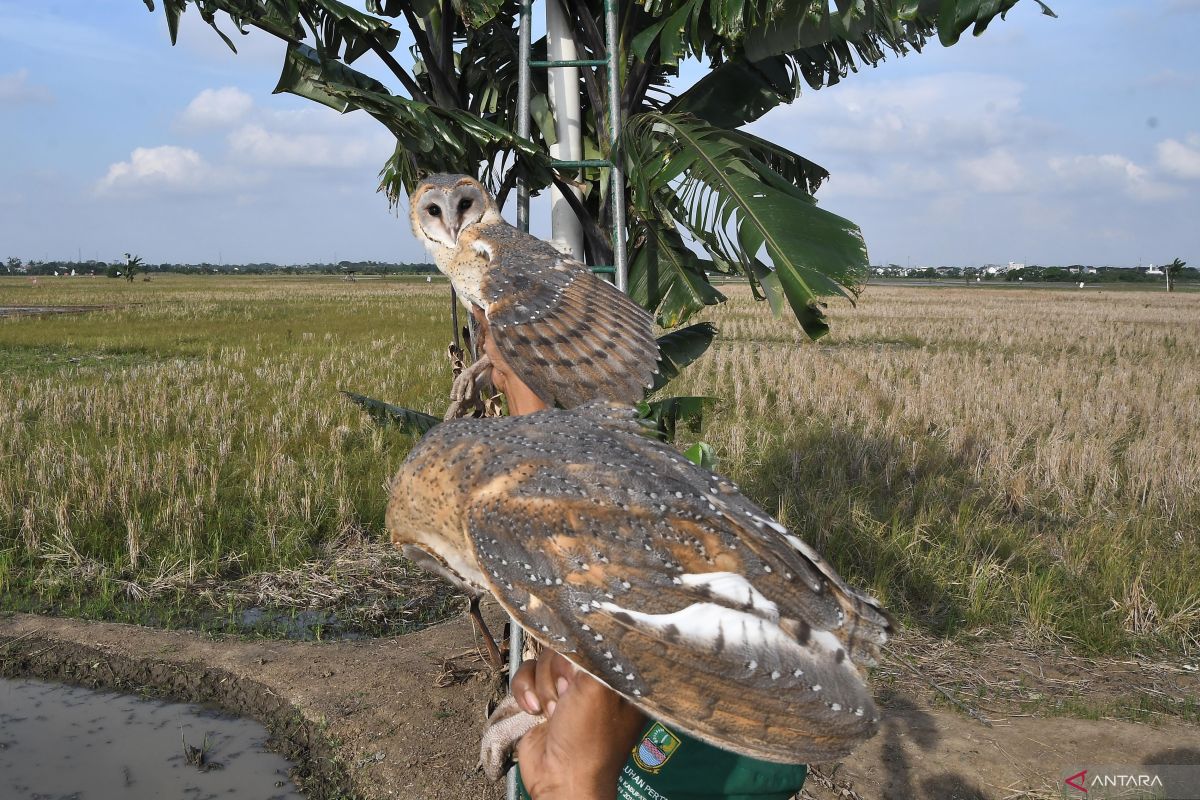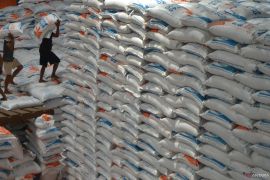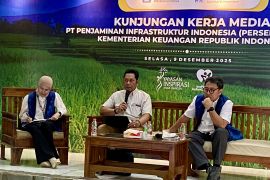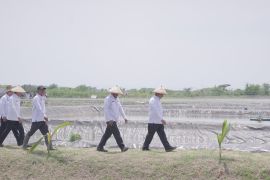Coming as it does in the midst of advancements in agricultural technology and the influx of modern fertilizers and pesticides, the move has, for some people, an ancient ring to it, while for some, it has struck a humorous chord.
While its reception has been skeptical, the move is backed by scientific evidence: owls are one of the most effective agents for eradicating rat pests.
In the agricultural ecosystem, rats not only gnaw at rice stalks and damage seeds but also symbolize farmers' despair. In many regions, these pests attack on a massive scale, destroying dozens of hectares of rice fields in just a few nights.
A female rat can give birth to thousands of offspring in a year, creating a quickly growing rat population—one that is both difficult to control and capable of devastating crops instantly.
To deal with this problem, President Prabowo has turned to an often-overlooked solution that is based on biology. One of the most effective natural predators of rats is the Tyto alba, or the barn owl.
Using owls to control rat pests is not a new idea. Rather, it is an ecology-based strategy that has long proved effective in many regions and is even recommended by experts.
Farmers' best friends
Tyto alba is not just a symbol of ecological balance, but also part of an integrated pest management system that is environmentally friendly and sustainable.
In recent years, local governments, farmers, and farmer groups alike have used owls to eradicate rodents in farms.
In Garut, West Java, the local agriculture office has reported building 280 owl houses, locally known as rubuha, across 42 sub-districts as of August 2024.
Although most of these houses are yet to be inhabited, the local government hopes that the owls will come, settle, and become natural guardians of farmers' fields. One rubuha is said to control rat pests over four to five hectares of rice fields.
A similar step has been taken by the Kuningan district government in West Java, which has built 25 rubuha as part of its conservation program.
The Ministry of Agriculture has also built 40 owl houses in Karawang, West Java.
Although the numbers have not yet met the ideal ratio, the program has been welcomed by farmers as it has helped reduce pesticide costs that usually weigh on production.
Meanwhile, in Rejang Lebong, Bengkulu, the Ministry of Agriculture has also handed over three pairs of owls to a farmer group as a symbol of using an ecological approach to solving an agricultural problem.
Related news: Owls called upon as expert rodent assailants by Boyolali farmers
Farmers are informed that each night, an owl can kill over 20 rats, not only for food but also as a form of territorial defense.
Yudhistira Nugraha, head of the Food Crop Research Center at the National Research and Innovation Agency (BRIN), said that barn owls have a great capacity to prey on rats.
He informed that an adult owl can prey on several rats each night. However, he warned that in case of a rat population boom, the presence of owls alone may not be enough.
Integrated control strategies will be needed to quickly suppress the rat population before it can be controlled by natural predators, he explained.
The success of the program must be supported by the involvement of farmers, education, and regulations, he said.
One important thing is making owl houses since barn owls do not build their own nests.
"Owl houses are key to the success of this conservation program and serve as important facilities for them to settle and breed," he said.
However, they are not a standalone solution. An integrated pest management system is a must.
Other rodent control methods, such as hunting rats, nest clearing, and trap setting, should still be implemented.
Challenges and future potential
Despite having proven effective, the barn owl approach is facing several challenges, such as low awareness among farmers in some areas, who tend to hunt the owls. The distribution of owl houses is also uneven.
Stronger national policies are needed to support the conservation and utilization of these natural predators in agricultural systems.
Now, with direct encouragement from the President, the opportunity to mainstream this approach has become wide open. In his speech, President Prabowo emphasized that the policy shows the government's real presence in the community.
"I receive reports that rat infestations are very common in this area, and the best solution is owls," he said.
The statement carries an important message that solutions to problems do not always have to be modern and expensive. Sometimes, the best solutions come from the simplest methods that align with nature.
What was considered trivial has proven to be a prudent policy. If taken seriously, owls could become one of the unsung heroes in Indonesia's food security push.
Related news: Bali farmers use owls to control pest population
Translator: Sean, Kenzu
Editor: Yuni Arisandy Sinaga
Copyright © ANTARA 2025












